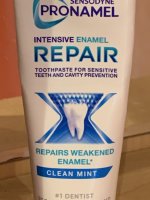HELLO,
Guys, what do you think about products that claim that they can "heal" scratched and scored cylinder walls and rebuilds worn engine metal like XADO 1 Stage Engine Revitalizant or TriboTEX ? I even read an article (link below) in the official website of NASA talking about this technology, I mean is that possible theoretically ??
 spinoff.nasa.gov
spinoff.nasa.gov
Guys, what do you think about products that claim that they can "heal" scratched and scored cylinder walls and rebuilds worn engine metal like XADO 1 Stage Engine Revitalizant or TriboTEX ? I even read an article (link below) in the official website of NASA talking about this technology, I mean is that possible theoretically ??


